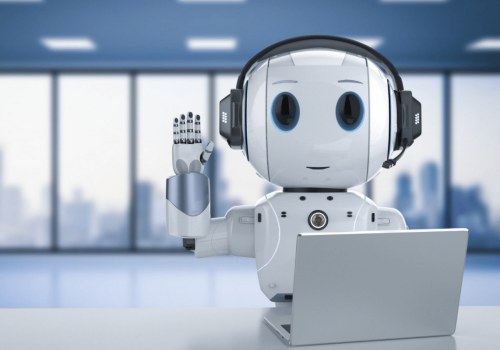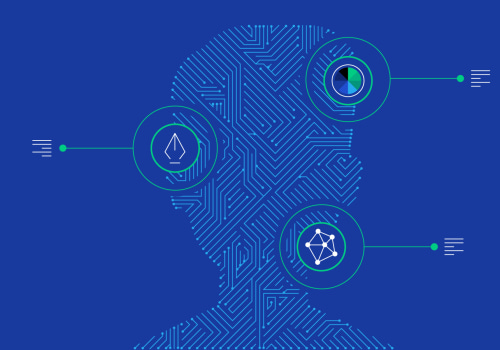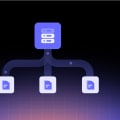In this day and age, automation has become the norm for many manual tasks. As a result, the definition of manual labor is changing. To keep up with the times, various types of machine learning algorithms have been developed to help computers become more intelligent and personal. These algorithms can be used to play chess, perform surgeries, and solve complex real-world problems.
Before exploring the top 10 machine learning algorithms you should know, let's take a look at the different types of machine learning algorithms and how they are classified.
Supervised learning
is a machine learning approach in which algorithms learn from labeled data. The algorithm receives the correct input data and the corresponding output labels in this process. The goal is to train the algorithm to accurately predict labels for new and unseen data.Examples of supervised learning algorithms include decision trees, support vector machines, random forests, and naive bays. These algorithms can be used for classification, regression, and time series forecasting tasks. Supervised learning is widely used in various fields such as health, finance, marketing, and image recognition to make predictions and gain valuable insights from data. In contrast to supervised learning, unsupervised learning algorithms work independently to discover hidden information and group similar data points. Common unsupervised learning techniques include clustering algorithms such as K-means, hierarchical clustering, and DBSCAN, as well as dimensionality reduction methods such as PCA and t-SNE.
Unsupervised learning is useful for tasks such as customer segmentation, anomaly detection, and data exploration.
Semi-supervised learning
is a hybrid approach to machine learning that combines labeled and unlabeled data for training. This approach takes advantage of limited labeled data and a larger set of unlabeled data to improve the learning process. The idea is that unlabeled data provides additional information and context to improve the understanding and performance of the model. By using unlabeled data effectively, semi-supervised learning can overcome the limitations of relying solely on labeled data.This approach is particularly useful when acquiring labeled data is expensive or time consuming. Semi-supervised learning techniques can be applied to a variety of tasks such as classification, regression, and anomaly detection, allowing models to make more accurate predictions and better generalize in real-world scenarios.
Clustering
is an unsupervised learning algorithm that solves clustering problems. Data sets are classified into a certain number of clusters (let's call that number K) in such a way that all the data points in a cluster are homogeneous and heterogeneous from the data of other clusters. In summary, machine learning algorithms are mathematical procedures and techniques that allow computers to learn from data, identify patterns, make predictions, or perform tasks without explicit programming. These algorithms can be classified into several types such as supervised learning, unsupervised learning, reinforcement learning, etc.Supervised and unsupervised learning are two of the most commonly used machine learning approaches. Machine learning algorithms help you answer questions that are too complex to be answered by manual analysis. There are many different types of machine learning algorithms available through AI as a Service but they usually fall into one of these categories: supervised and unsupervised learning systems as well as reinforcement and semi-supervised machine learning technology. As an expert in AI as a Service (AaaS), I'm often asked about the different types of machine learning algorithms available through this technology. To help answer this question, I've put together an overview of the most common types of machine learning algorithms used in AaaS solutions. The first type is supervised machine learning algorithms which use labeled data sets to train models for classification or regression tasks. Examples include decision trees, support vector machines (SVMs), random forests, naive bays classifiers, logistic regression models, etc.
These algorithms are widely used in various fields such as health care, finance, marketing, image recognition etc., to make predictions or gain valuable insights from data. The second type is unsupervised machine learning algorithms which work independently to discover hidden information or group similar data points without any labels or supervision. Common unsupervised techniques include clustering algorithms such as K-means clustering or hierarchical clustering; dimensionality reduction methods such as principal component analysis (PCA) or t-distributed stochastic neighbor embedding (t-SNE); anomaly detection; etc. The third type is semi-supervised machine learning which combines labeled and unlabeled data for training models. This approach takes advantage of limited labeled data sets along with larger sets of unlabeled data to improve the accuracy of predictions or generalize better in real-world scenarios. Finally there's reinforcement machine learning which uses rewards or punishments to teach models how to behave in certain situations or environments. This type of algorithm is often used in robotics or gaming applications where it's important for machines to learn from their mistakes or successes. In conclusion, there are many different types of machine learning algorithms available through AI as a Service but they usually fall into one of these categories: supervised and unsupervised learning systems as well as reinforcement and semi-supervised machine learning technology.











